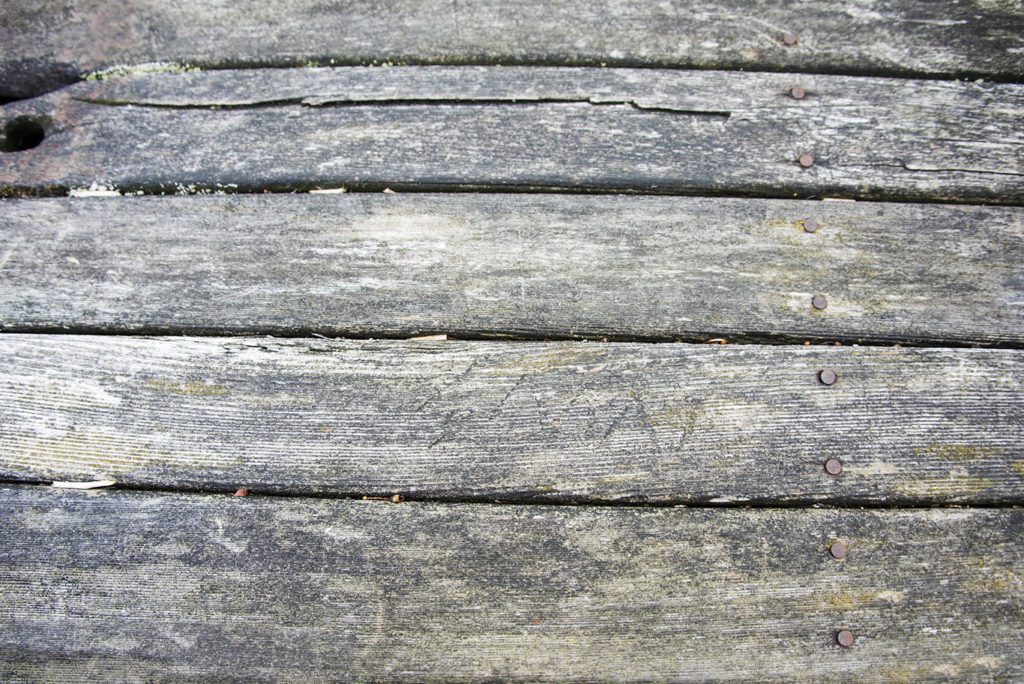Rotting wood in your deck is a common problem. So much so that it even has a name: deck syndrome. One of the main contributors to deck rot is moisture. Even when the air is humid, condensation can build up in your deck if it’s not built tightly enough or drainage is not adequate. Moisture escaping through gutters and downspouts also causes wet wood problems. A sealed roof and underlayment will help reduce moisture problems but they are by no means the entire solution. There are plenty of things you can do to prevent and treat this issue before it gets out of hand, however. It’s just important to know how to go about it so you don’t spend money on new materials without even realizing it. Read on for more details.
What is Deck Rot?
Deck rot is a term used to describe the deterioration of wood due to a lack of proper maintenance and conditions. The most common cause of rot in a deck is condensation and excess moisture. The first step in preventing this issue is knowing the typical signs of rot. The two most common signs are discoloration and a musty smell. When you notice these, take immediate action. You may also see damage to the deck if the rot is extensive enough. Discoloration is usually at the bottom of the deck and smaller damages are usually on the underside of the deck at the joists. Musty smells are usually a result of moisture in the deck. Once you notice these signs, you can then take steps to prevent them from reaching a bigger issue.
Signs of Rot
– Mild discoloration: Darker patches at the bottom of the deck. – Musty smells: If the musty smell is only at the bottom of the deck, it could be coming from the soil. If the smell is anywhere else in the deck, you’ve probably got rot. – Damage: Splintering and buckling of the deck boards and lower joists.
Preventing Mild Discoloration
– Seal your roof to reduce condensation in the deck. – Make sure any openings are properly sealed. – Use a water level indicator to let you know if your deck is getting too wet. – Check your gutters and downspouts. Make sure they aren’t leaking. – If your deck is built on a concrete slab, seal the joints between the slab and the deck.
Preventing Musty Smells
– Seal your roof to reduce condensation in the deck. – Make sure any openings are properly sealed. – Use a water level indicator to let you know if your deck is getting too wet. – Check your gutters and downspouts. Make sure they aren’t leaking. – If your deck is built on a concrete slab, seal the joints between the slab and the deck.
Preventing Damage
– Seal your roof to reduce condensation in the deck. – Make sure any openings are properly sealed. – Use a water level indicator to let you know if your deck is getting too wet. – Check your gutters and downspouts. Make sure they aren’t leaking. – If your deck is built on a concrete slab, seal the joints between the slab and the deck.
Conclusion
Deck rot is a common problem faced by all homeowners. It’s important to know how to prevent and treat the issue so you don’t have to spend money on new materials. A properly sealed roof, proper drainage, and an indicator let you know when your deck is getting too wet are some of the things you can do to prevent this. Now, if you want to know what to do if the wood in your deck is rotting away, keep reading for some helpful advice.
Click to Learn More!

